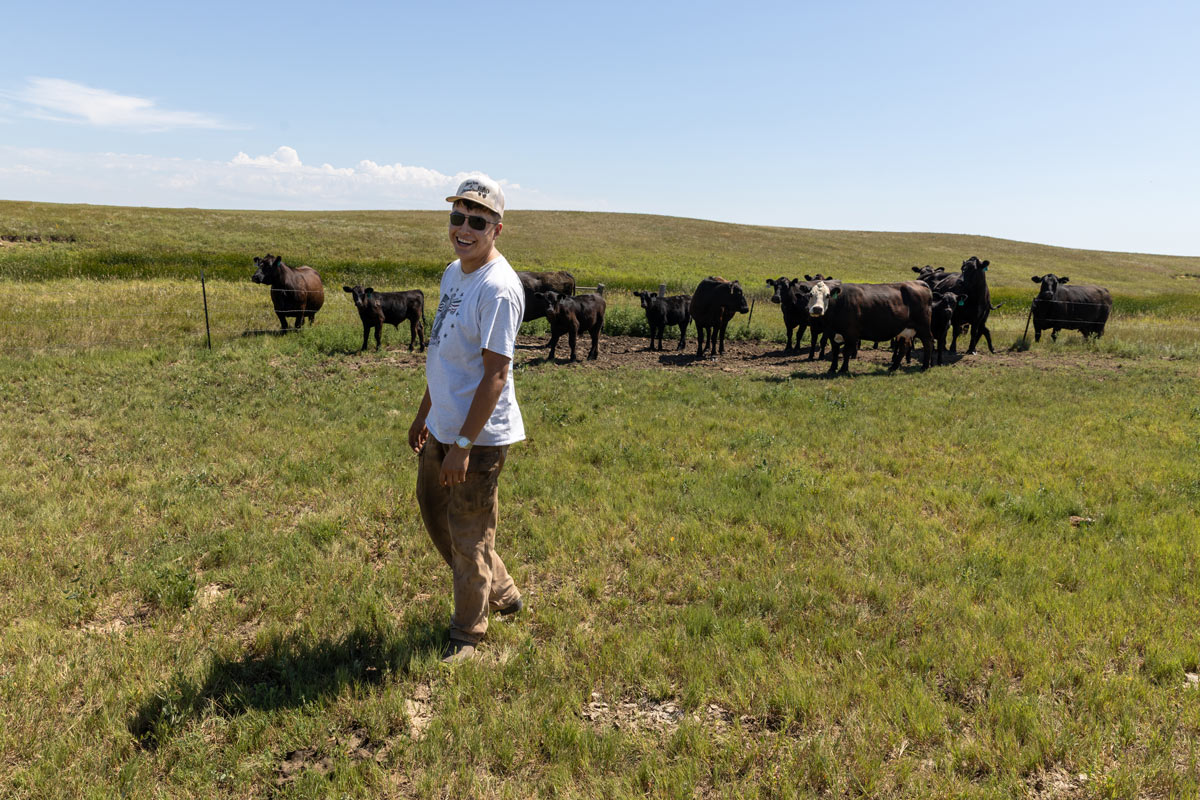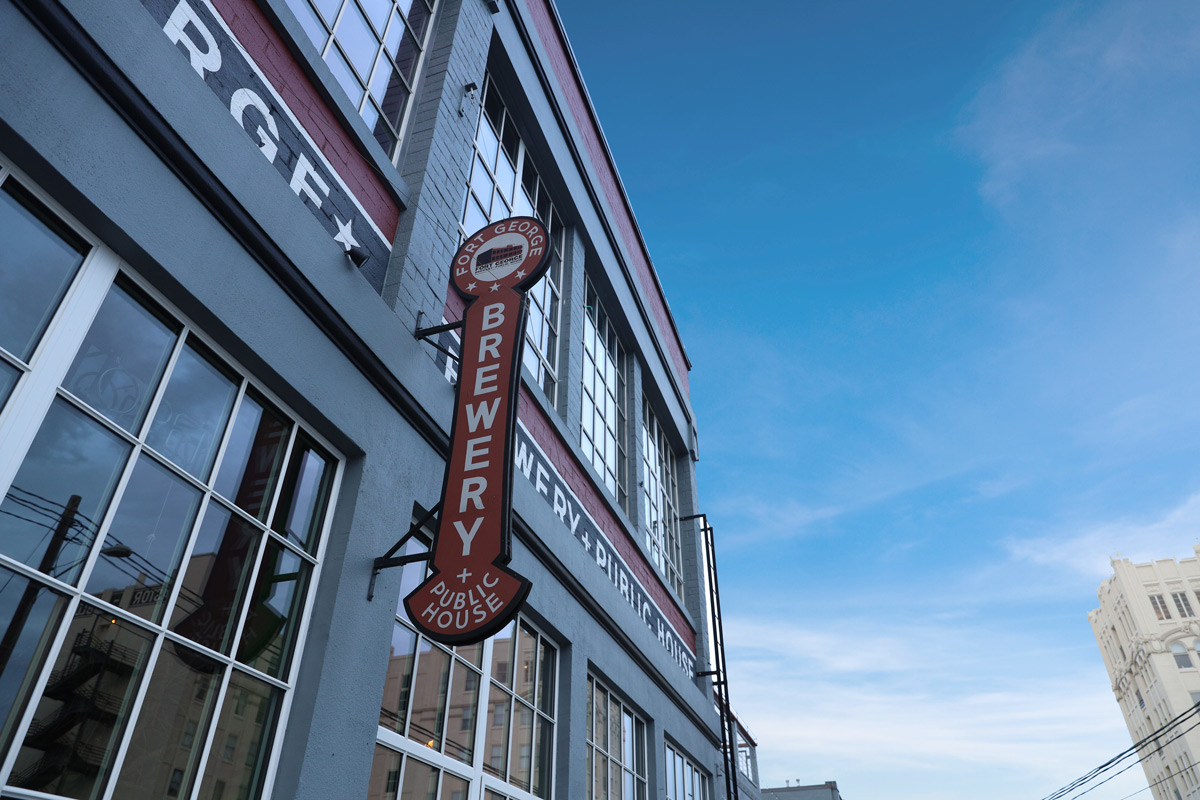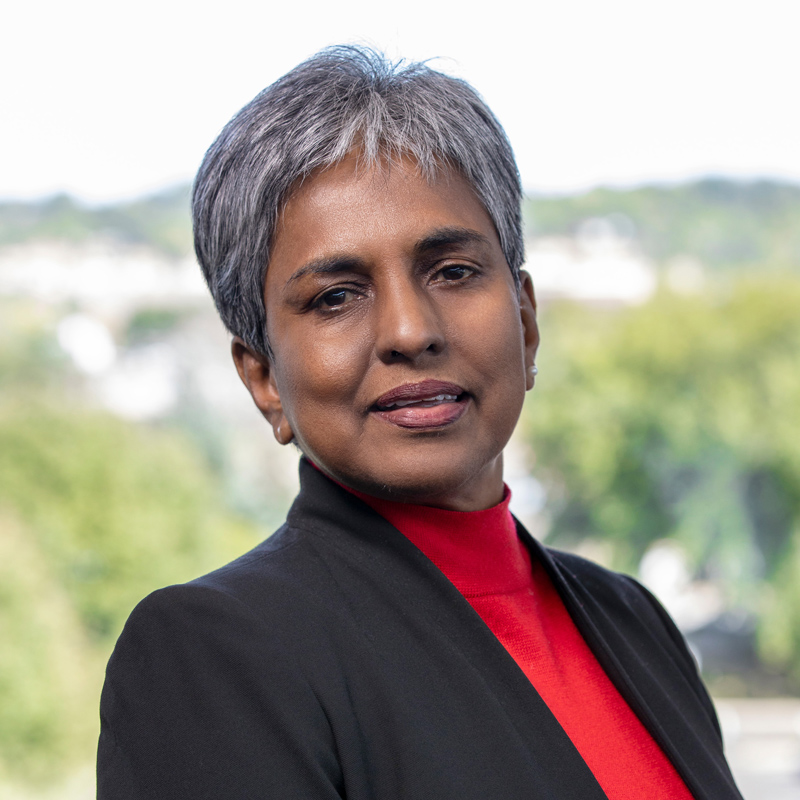
“We’ve shifted our approach from exclusively what we’re investing in to who we’re investing with. . . . Investing in diverse communities is the impact.”
Ramya Rauf
Chief Finance Officer
Northwest Area Foundation

Micro Enterprise Services of Oregon (MESO), Foundation grantee, celebrates 20 years of empowering entrepreneurs in underserved communities across urban and rural counties in Oregon and SW Washington.
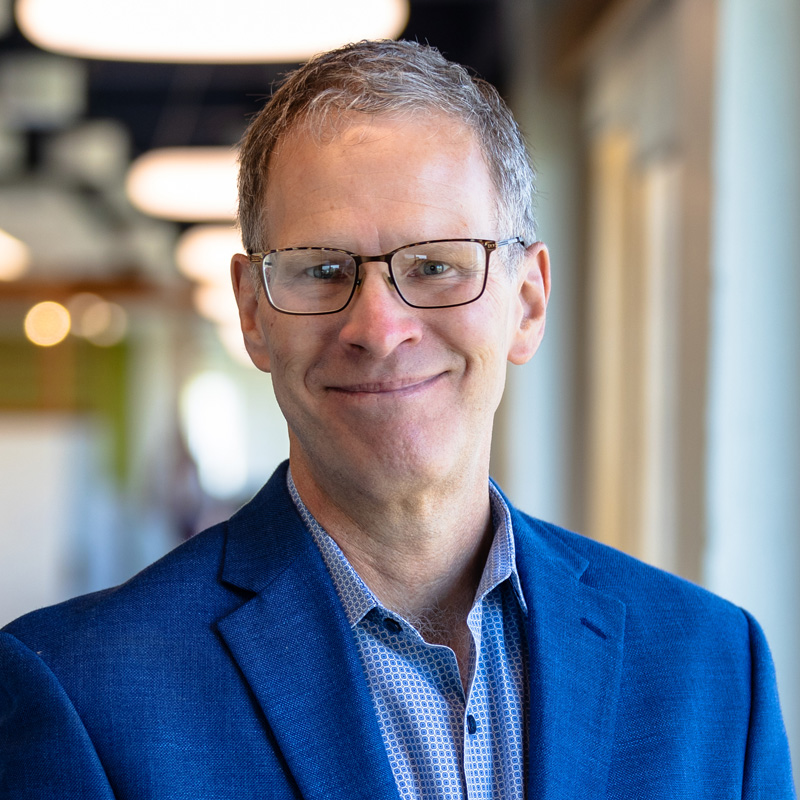
“When we engage in MRIs with firms led by or investing in communities we support, without telling people what their strategy should be, we’re strengthening the same spirit of trust and self-determination we support through our grantmaking.”
Kevin Walker
President and CEO
Northwest Area Foundation
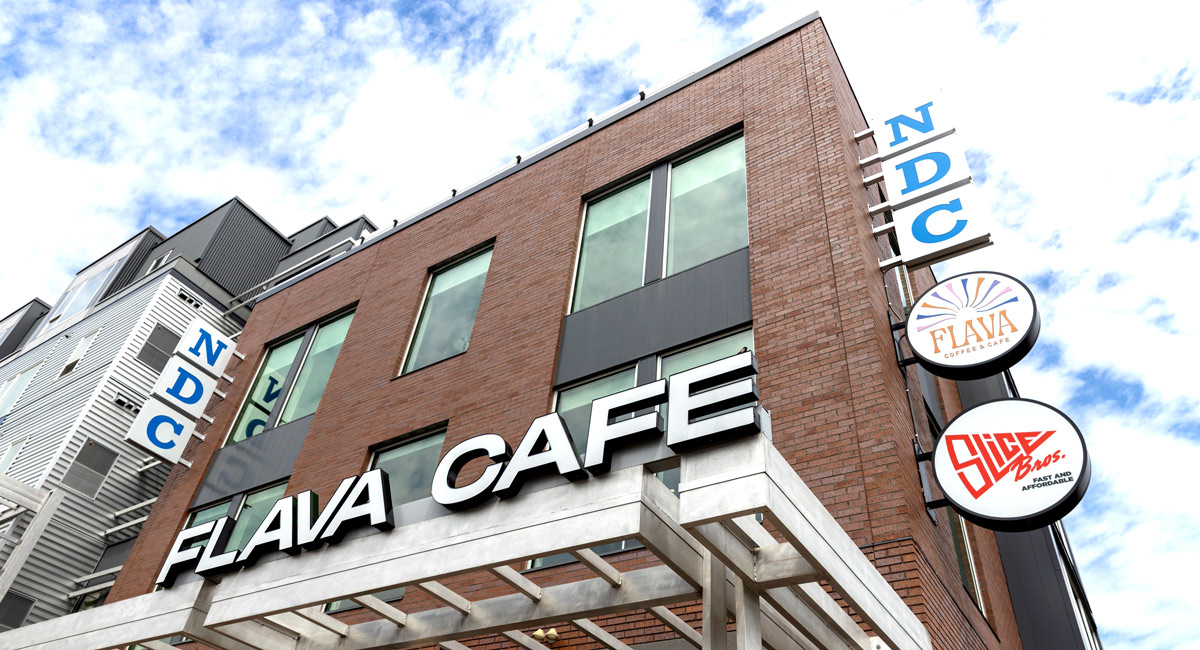
Foundation grantee partner Neighborhood Development Center (NDC), St. Paul, MN, brings together business, community, and housing under one roof, supporting low-income, historically underserved, and BIPOC entrepreneurs from startup through expansion with training, lending, technical assistance, and business incubators.

“This new direction allows us to be more nimble, more flexible, and more impactful in how we offer support to communities we care about.”
Jennifer Williams
Board Director and Investment Committee Chair
Northwest Area Foundation

A Native artist crafts a quilt in Oyate Studio, a small-scale manufacturing operation dedicated to uplifting Lakota craftsmanship and empowering local artists and makers. Oyate is supported by Foundation grantee Four Bands Community Fund, a Native community development financial institution in Eagle Butte, SD.
“At its core, this approach is about aligning more of our assets with our values.”

